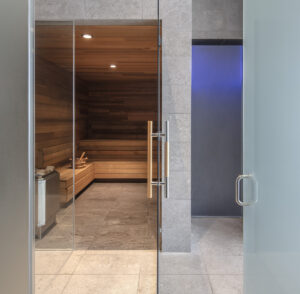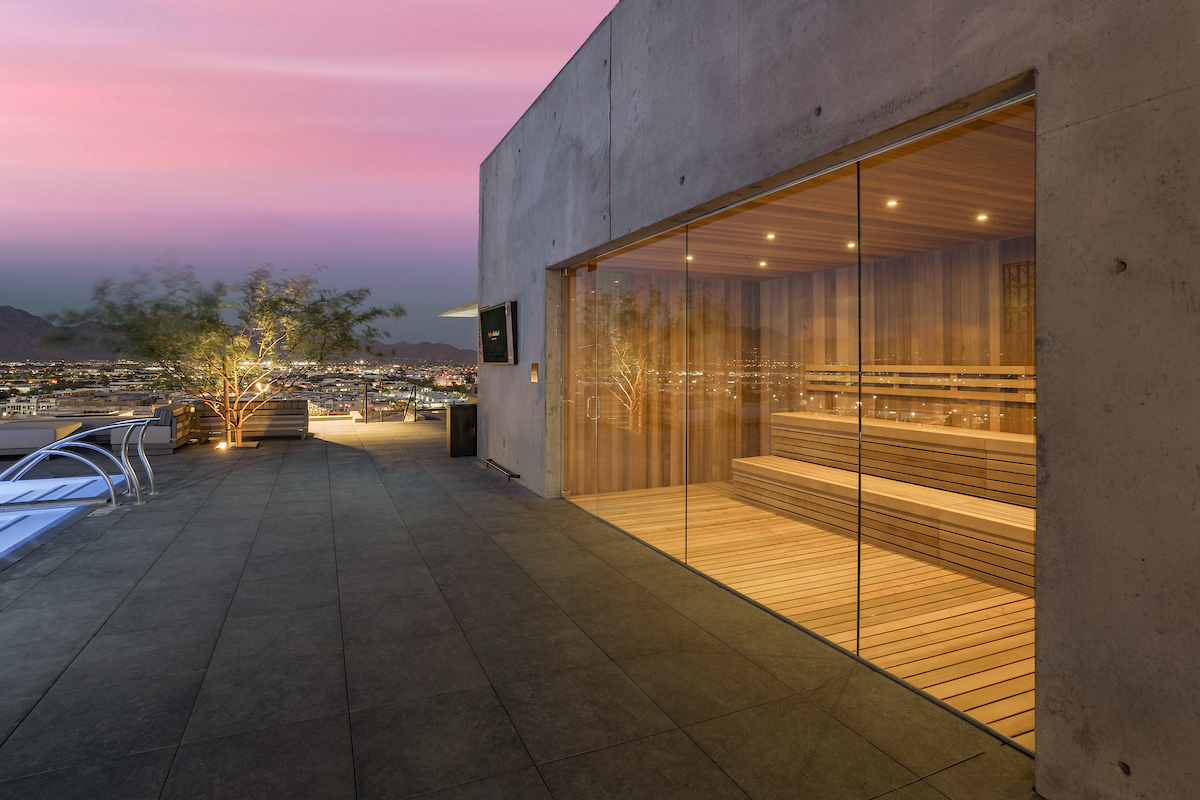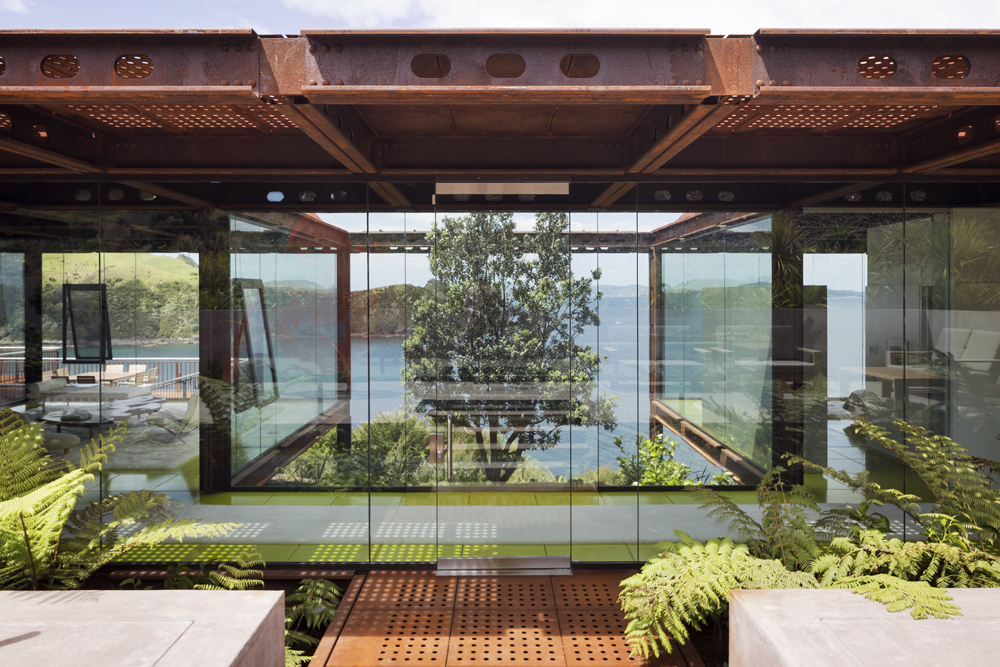Saunas have been health staples in cultures around the world for thousands of years. The oldest saunas, found in Finland, are thought to date from around 2,000 BC and used stones to create high temperatures and dry heat in the winters. In Korea, domed structures often warmed by kilns appeared in literature as early as the 15th century. In the Orkney’s of Scotland, stone structures thought to incorporate the use of steam date back to the neolithic age.
In modern times, the most common saunas used in western culture originate from Northern Europe and have temperatures around 212 degrees Fahrenheit and relatively low humidity. They remain today a staple of health and wellness, and can be found at spas, resorts, poolsides, gyms, and even private homes and bathrooms.
Saunas are known for their numerous health benefits. When an individual spends time in a sauna, the heat causes their heartbeat to increase and their blood vessels to widen, improving circulation. Saunas are comforting, calm spaces that promote relaxation and, paired with the improvement of circulation, can reduce stress levels and improve overall cardiovascular wellbeing.
Dry saunas, especially, are known for their positive impact on heart health. They also reduce the symptoms of rheumatic diseases such as fibromyalgia and rheumatoid arthritis. Dry saunas are known for relieving skin conditions such as the itchiness from psoriasis. There is some evidence that dry saunas also may improve athletic performance.

When it comes to enjoying a sauna, for optimal benefits, most experts recommend around fifteen minutes per sitting and allowing your body time to rehydrate and cool down before resuming normal activities.
Saunas are a wonderful way to relax and boost both cardiovascular and overall health. The use of saunas is an ages-old practice that prioritizes bodily and mental health, spans around the globe, and persists today.






